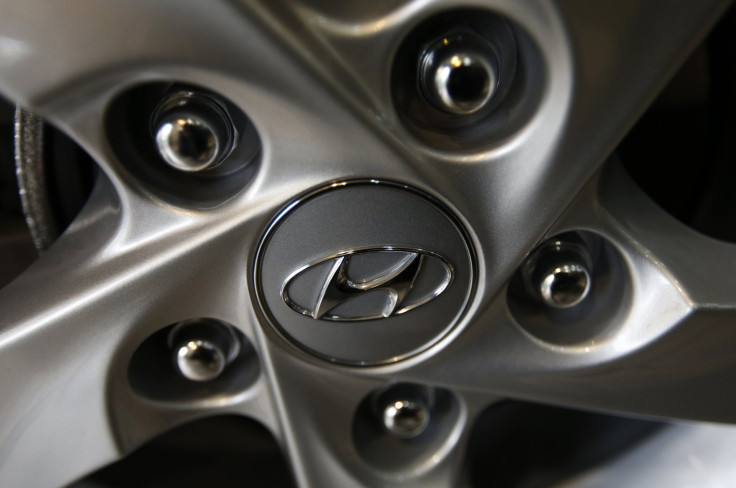Hyundai Sales Have Taken Off In Mexico A Year After Entering The Market

Hyundai Motor has been selling cars in Mexico for a little over a year and has already made significant inroads in Latin America’s second-largest economy. May sales figures show that the South Korean automaker’s efforts to sell Sonata sedans and iX35 crossovers to middle-class residents in Mexico’s larger cities are rapidly paying off.
Hyundai recently began focusing on Latin America in an effort to snatch regional market share from smaller players, such as Suzuki and Mazda. In recent years, the company has focused on the Americas and Asia while relying less on growth in Europe, where Hyundai had trouble competing against entrenched domestic brands at a time of regional economic strife. Recent economic troubles in Brazil, Argentina and Venezuela have made Mexico the most ideal Latin American location to stimulate local sales.
Data from the Mexican Automotive Industry Association (AMIA) released Tuesday shows Hyundai is on pace to overtake Renault this year as Mexico’s ninth-largest seller of new cars. Hyundai expects to nearly double Mexican sales in 2015 to 22,000 units.
Hyundai’s annual global revenue has grown 33 percent since 2010, from $59.9 billion to $79.8 billion last year.
Hyundai delivered 2,049 new vehicles to Mexican buyers last month and 8,532 for the year, according to AIMA’s data, putting it right behind Renault’s 8,660 units. While these numbers are much smaller than the biggest players in Mexico -- Nissan has sold more than 132,000 vehicles in the first five months of the year -- they show the strength of Hyundai’s sales, which amounted to only 705 units in May 2014, the month it set up its local Mexico City headquarters.
Hyundai used to sell sedans in Mexico under a deal with Chrysler Group, which sold them under the more recognizable Dodge brand name. But that deal ended in 2013, when Hyundai decided it had enough brand recognition to go at it alone in Latin America.
Like its rivals, Hyundai sees Mexico as a lucrative and low-cost manufacturing platform for building and sending cars abroad through the country’s web of free-trade agreements.
“Hyundai wants to turn Mexico into a very important base for its global production,” Pedro Albarran, Hyundai’s head of Mexico sales, told Bloomberg in April. The company eventually will build a Mexican factory once sales hit 50,000 a year, which is expected in 2018, according to Automotive News. But Albarran has said the company currently has no specific plans.
Hyundai is focusing on a Mexican retail footprint to nurture a domestic appetite for South Korean imported cars in a market expected to grow 3 percent to 1.16 million new-vehicle purchases this year, according to IHS Automotive.
Hyundai’s sibling company, Kia Motors, plans to enter the market in July, selling European-manufactured Sportage SUVs and U.S.-made Sorento crossover SUVs, according to Reuters. Kia is building a $1 billion manufacturing plant in Mexico that’s expected to be online later this year.
© Copyright IBTimes 2025. All rights reserved.





















